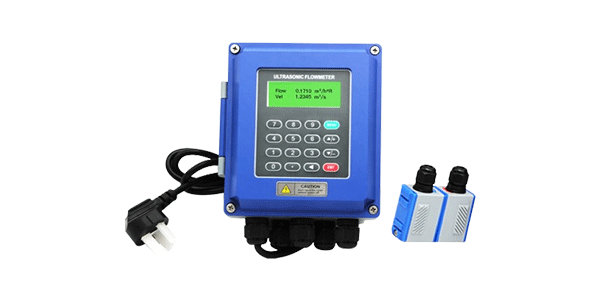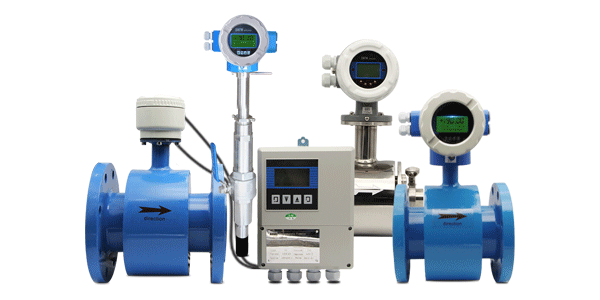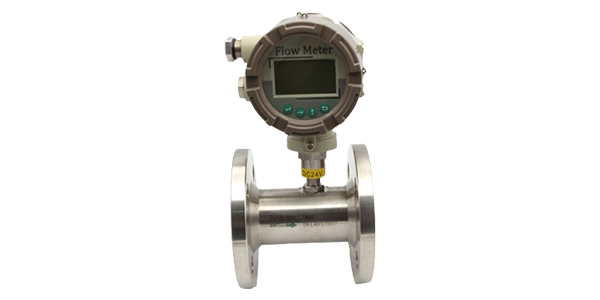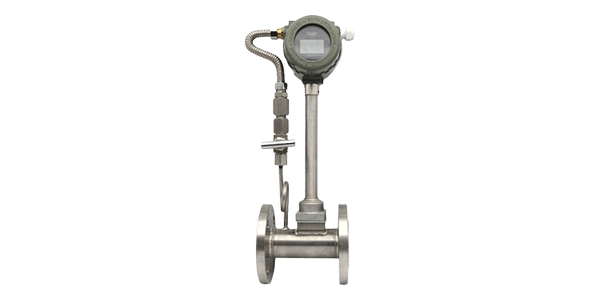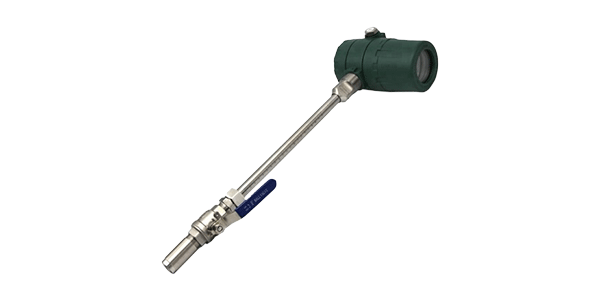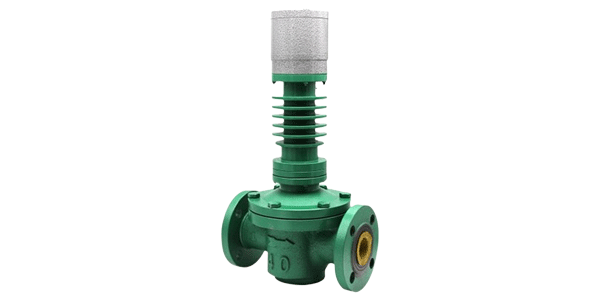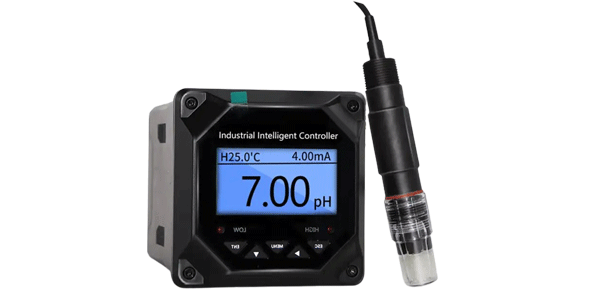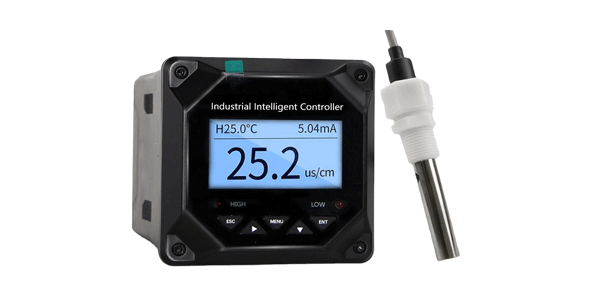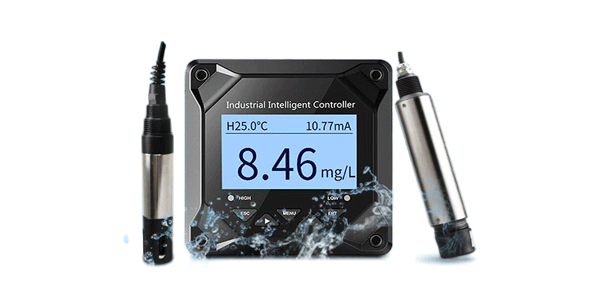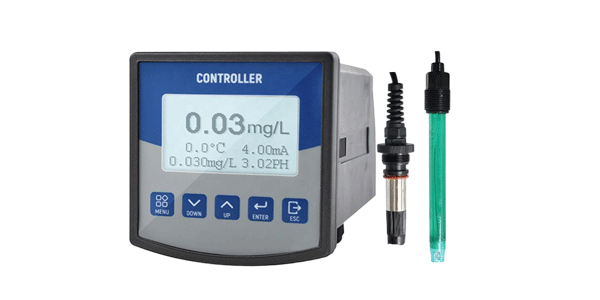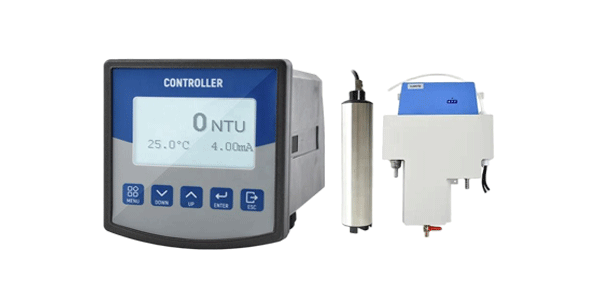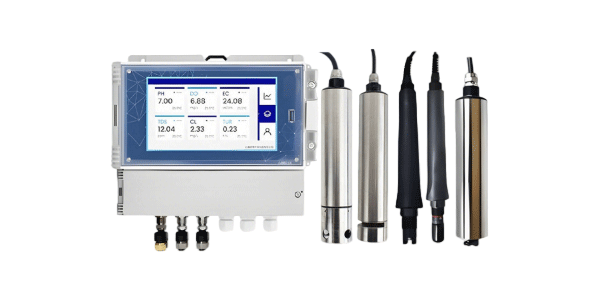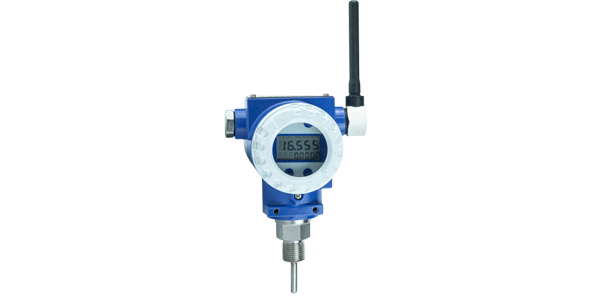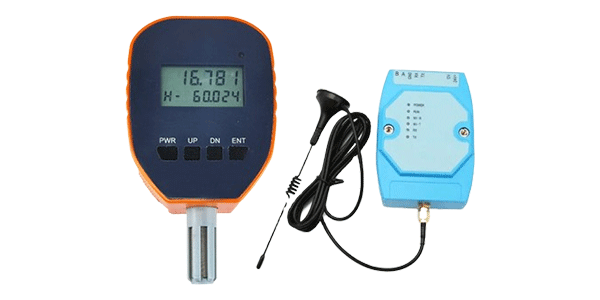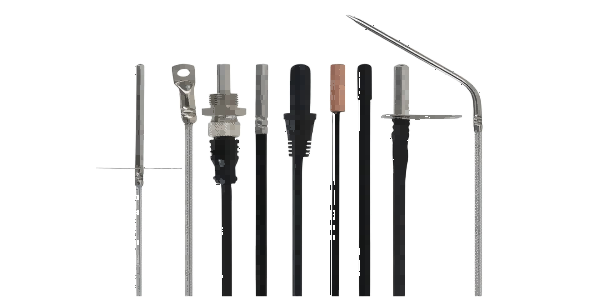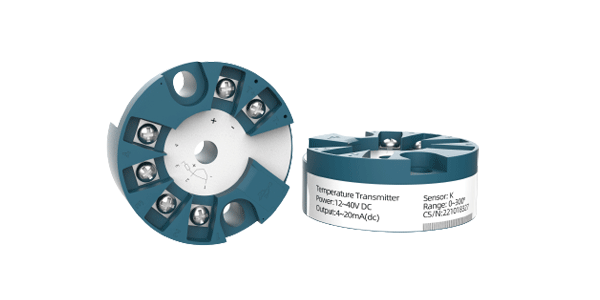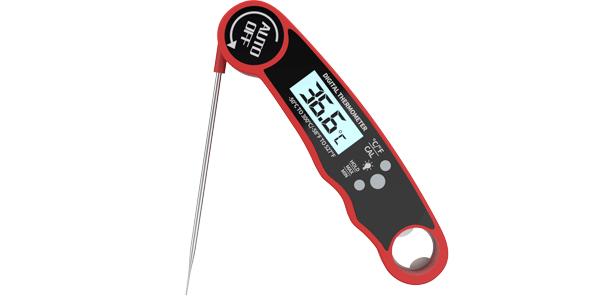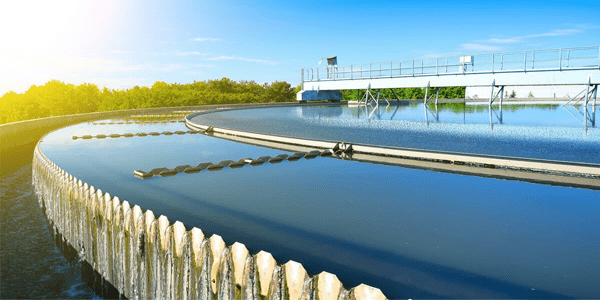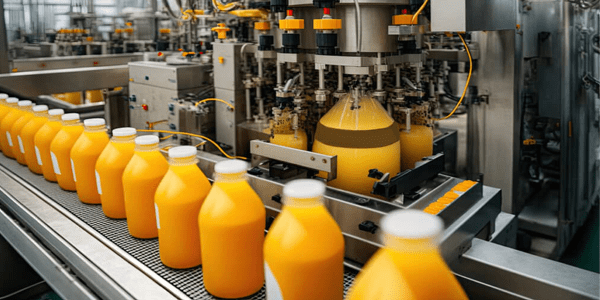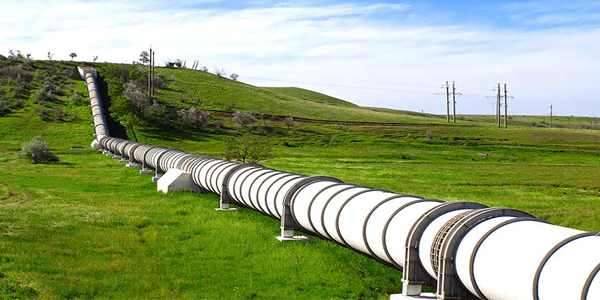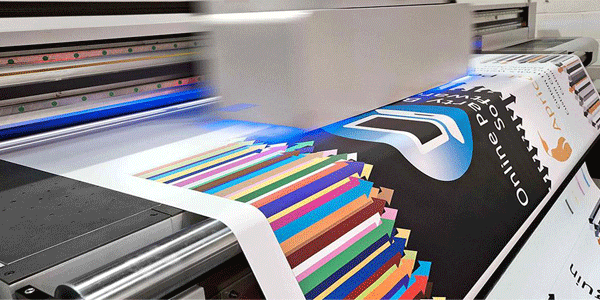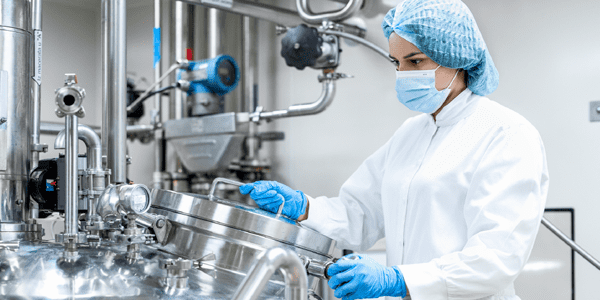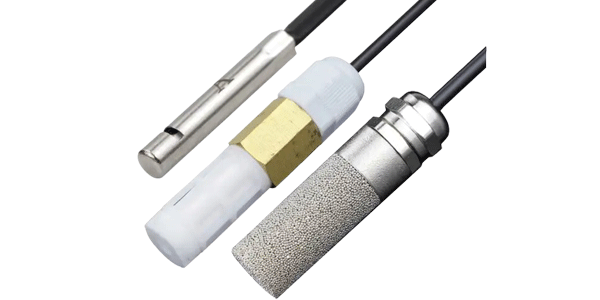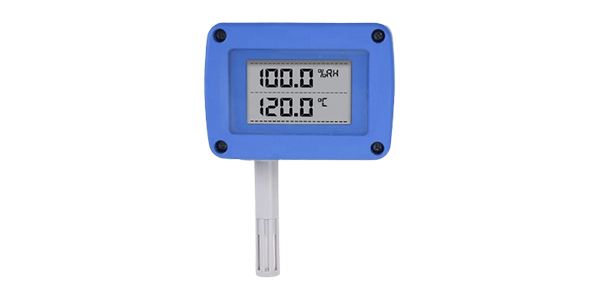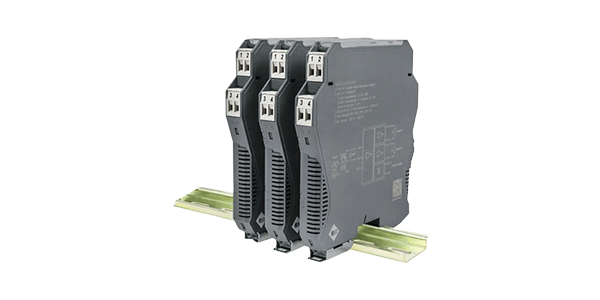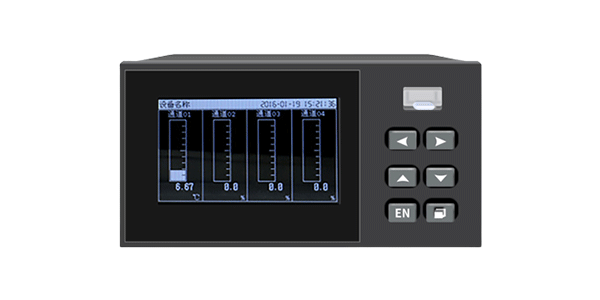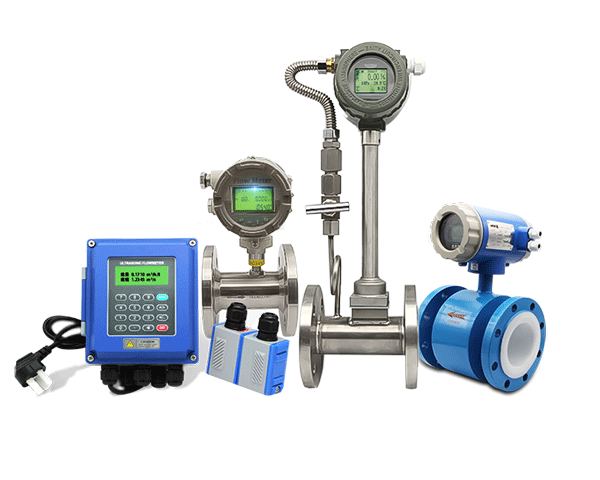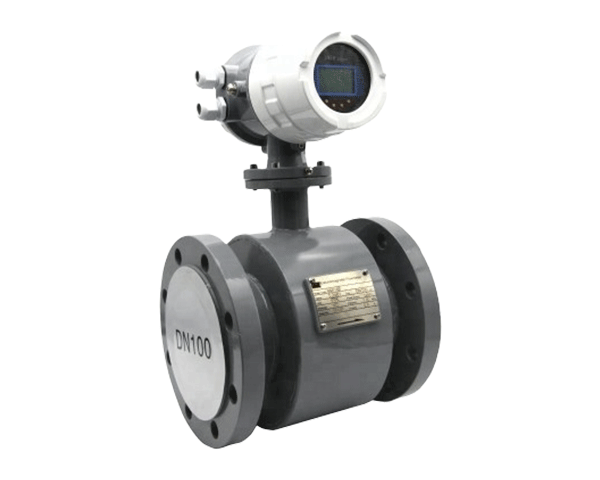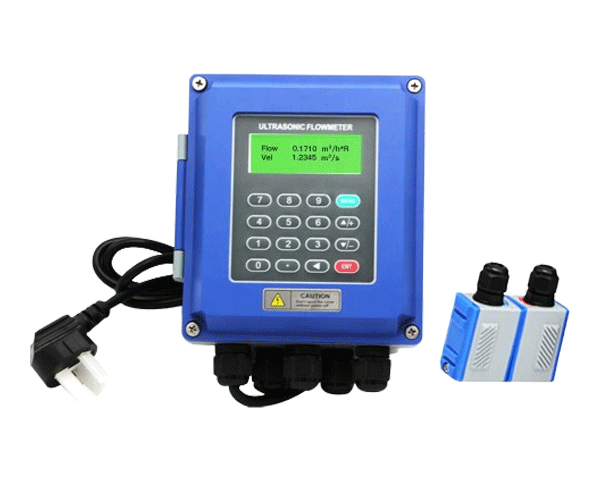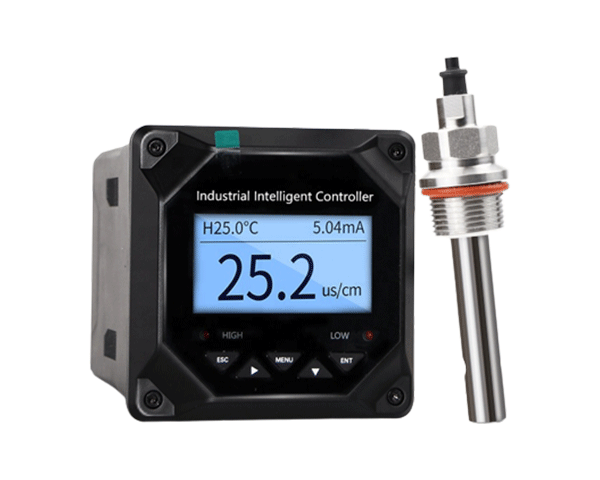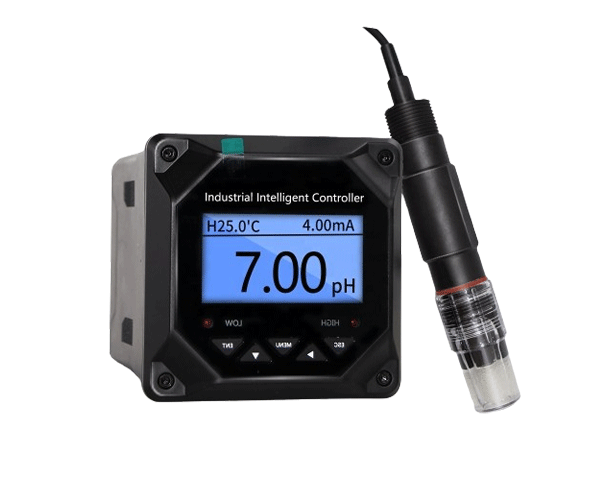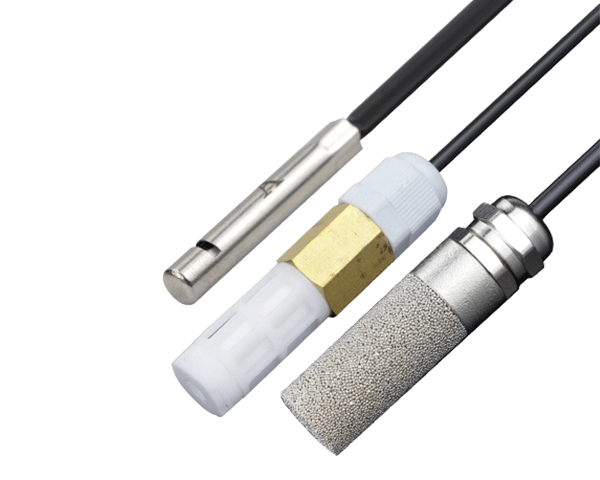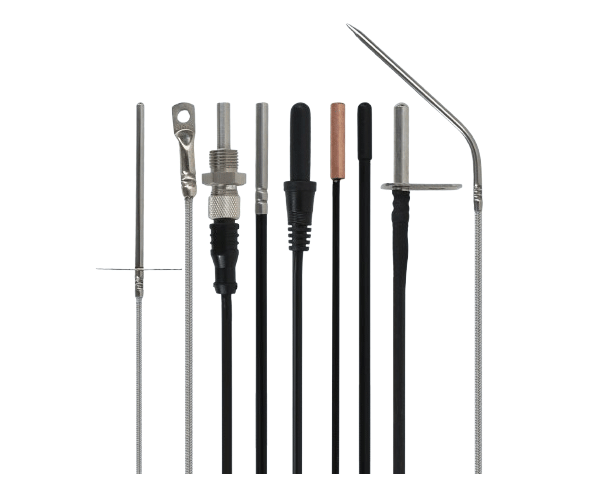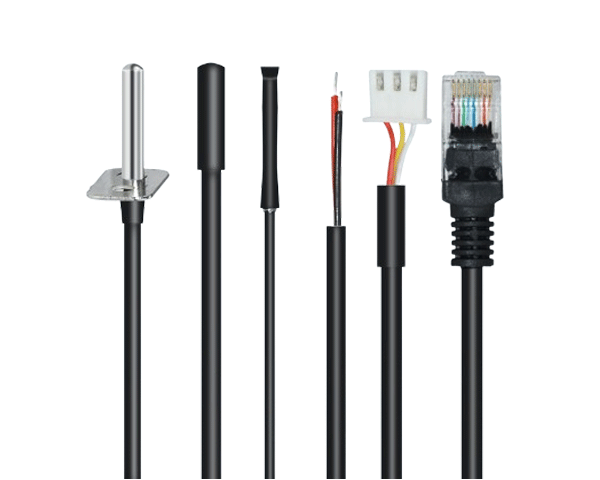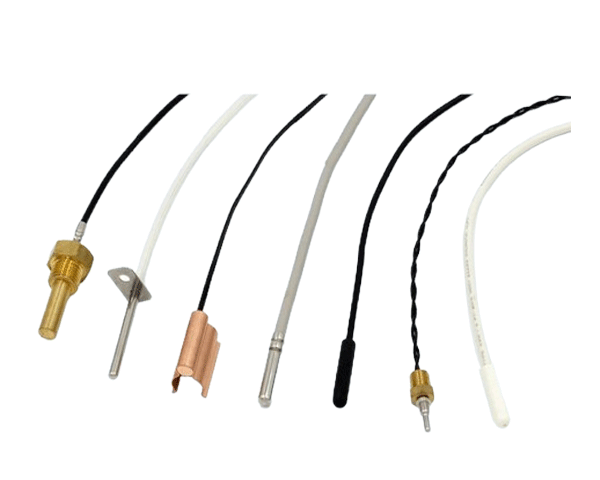Keeping your aquarium water perfectly balanced can feel like a mystery. But what if you had a trusted guide to help you master your water quality monitors? In this guide, you'll learn how to use these essential tools with confidence. We'll walk you through selecting the right devices, performing accurate tests, interpreting the results, and taking corrective action to create a thriving underwater world for your fish.
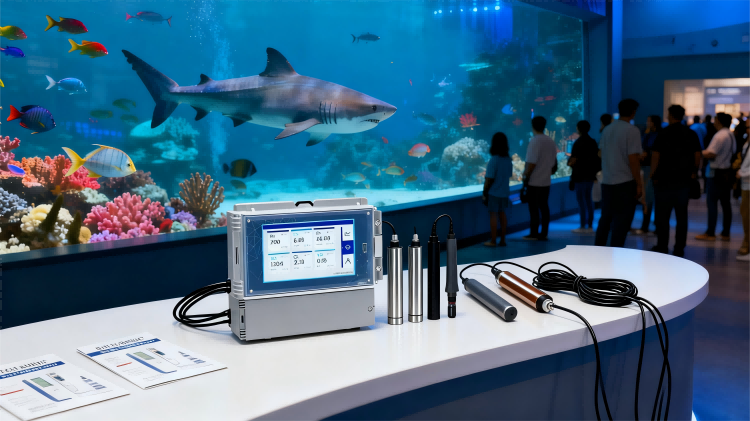
Why Your Aquarium Water Quality Monitor is Your Best Friend
Think of your water quality monitor as the eyes you don't have for the invisible world of your aquarium's chemistry. Relying on guesswork or only occasional test strips can lead to stress, illness, and loss for your aquatic pets. A dedicated monitor provides:
-
Continuous Insight: Track key parameters in real-time, catching dangerous spikes before they become crises.
-
Unmatched Accuracy: Move beyond the color-matching guesswork of test strips for precise, digital readings.
-
Proactive Care: Understand the long-term trends in your tank's ecosystem, allowing you to prevent problems rather than just react to them.
-
Choosing the Right Water Monitoring Equipment
Not all monitors are created equal. Your choice should align with your aquarium's specific needs.
Key Parameters to Monitor
-
pH Level: Crucial for fish metabolic function and overall health.
-
Ammonia (NH3): Highly toxic; a primary indicator of a non-cycled or crashed tank.
-
Nitrite (NO2): Another toxic compound from the nitrogen cycle.
-
Nitrate (NO3): The end product; high levels indicate the need for a water change.
-
General Hardness (GH) & Carbonate Hardness (KH): Essential for stable pH and the well-being of plants and shrimp.
-
Temperature: A fundamental parameter that affects everything from metabolism to oxygen levels.
Types of Monitors: From Pens to Panels
-
Digital Test Pens: Handheld devices like pH or TDS pens. They are portable and great for spot-checking.
-
Multi-Parameter Monitors: Advanced systems, such as the GAIMC Smart Aquarium Monitor, that track several key values simultaneously on a single display or via a smartphone app, offering unparalleled convenience and oversight.
-
Test Strips & Liquid Kits: While not "monitors" in the electronic sense, they are vital tools for testing parameters not covered by your digital devices.
-
Mastering the Art of Accurate Testing
Proper technique is everything. An inaccurate reading is worse than no reading at all.
Calibration: The Non-Negotiable First Step
Regular calibration is what separates reliable data from misleading numbers. Always use fresh calibration solutions as provided by the manufacturer. For a device like the GAIMC pH Probe, following the scheduled calibration reminders in its app ensures your readings are always trustworthy.
Proper Sampling and Handling
-
Collect water from the middle of the aquarium, away from filters and decorations.
-
Use a clean container rinsed with the water you are about to test.
-
Follow the manufacturer's instructions precisely for reaction times and sample volume.
Sensor Maintenance for Longevity
Keep sensors clean and free of biofilm or debris. Store them according to instructions—often in a special storage solution—to prevent them from drying out and degrading.
Interpreting Your Results and Taking Action
Getting a number is only half the battle. Understanding what it means is key.
The Nitrogen Cycle in a Nutshell
Your filter doesn't just trap dirt; it cultivates beneficial bacteria that convert toxic Ammonia (from fish waste) into less toxic Nitrite, and then into relatively safe Nitrate. Your monitor tracks this entire process.
Reading the Story Your Data Tells
-
Ammonia/Nitrite Spike: Indicates a problem with your biological filter. May occur in a new tank ("New Tank Syndrome") or if the filter bacteria are damaged. Action: Partial water change, reduce feeding, and consider a bacteria supplement.
-
Rising Nitrates: A natural result of the cycle. Action: A routine partial water change (e.g., 20-30%) is the standard solution.
-
pH Drift: A slowly dropping pH can indicate a build-up of acids and a low KH (carbonate hardness). Action: A water change and potentially buffering the KH.
-
Creating a Sustainable Water Testing Routine
Consistency builds a healthy aquarium.
-
Daily: Check temperature and glance at your multi-parameter monitor's display.
-
Weekly: Perform key tests (pH, Ammonia, Nitrite, Nitrate) with your digital tools or liquid tests, and log the results.
-
Monthly: Calibrate your digital probes and test for GH/KH.
Using a smart system like the GAIMC Ecosystem can automate much of this logging and alert you to significant changes, giving you peace of mind.
Get Your Complete Aquarium Water Quality Solution
You've learned the skills to become a master of your aquarium's environment. Now, it's time to equip yourself with the right tools. Stop reacting to problems and start preventing them.
Explore the range of GAIMC intelligent water quality monitors and sensors designed for both beginner and expert aquarists. From accurate digital pens to all-in-one smart systems, find the perfect tool to bring clarity and confidence to your hobby.
Ready for Pristine Water?
Get a personalized recommendation for a GAIMC monitoring system tailored to your specific aquarium setup.
Get Your Solution Now
HOT keyword:
